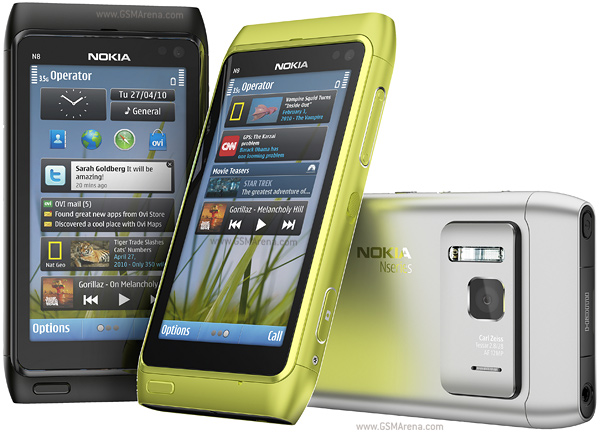
I have managed to try this phone several times at the Nokia showroom. You can probably find lots of camera samples and image quality comparisons. I will not talk about those things here. Here are my opinions from the usability perspective.
The general GUI and performance of the phone seems acceptable. scrolling is smooth and responsive and the pages follow my finger pretty closely as I swipe it across the screen. I would say at a glance, the performance is almost comparable to Android and iOS.
The main draw of this camera is supposed to be the 1/1.83" 12 mpx sensor which rivals the advanced compact cameras such as G12, LX5, EX1 and the S95.
However, I find the camera interface to be a huge disappointment.
- The amount of control on ISO is limited. You can select a range: high, medium, low but you are not able to select the exact ISO value. For a phone touted to have an large-advanced sensor I find it surprising that Nokia would limit the ability to set ISO. My opinion is that people who does not know about ISO would not even bother to set the range of the ISO. On the other hand, those who bothers to set ISO would probably like to be able to set the actual ISO value, not just a cryptic range. Now Nokia really baffles me here.
- There is no display of shutter speed. Every shot I took was a gamble. I could only hope that the phone would get it right and there were no camera shake.
- There is no option to change the metering mode. Even my 2 year old Sony Ericsson C901 supports 'spot metering'.
- There is no ability to zoom into an image immediately after a shot is taken. Most photographers shooting with digital cameras have the habit of immediately zooming into an image to check for motion blur or sharpness. After a shot is taken, the N8 preview does not allow you to do much. You will have to select 'edit', wait some time for the image to load and then be able to zoom. This is a major irritant to me. To get back to shooting mode, you have to exit the edit mode and select 'back' again to return to the camera.
- The focus area is really huge. This limits the ability to focus on smaller objects.
- The camera menu is not well thought of. Instead of the usual important settings such as ISO, Macro, Metering mode, EV compensation, there is only a flash button on the main page. If you access the settings menu, you are presented with a bunch of less important settings like the sharpness, the contrast, etc... Perhaps the designer of N8 should buy him/herself a proper PnS camera to see how to design a camera interface.
To conclude, I find the N8 to be a camera phone with all the right hardware but the wrong firmware. The picture quality is good and Nokia has to realize that the camera is the main selling point of this phone. With such a great sensor and lens, this should have been a home run for them. I cannot believe they screwed up the most important part of the phone, the GUI of the camera. It is like giving you a car with the most sophisticated turbocharged engine but it comes only with the steering wheel and accelerator, without any mechanism for gear change or gauges to display engine parameters.
Hopefully there will be a software update or a 3rd party camera app which provides a better camera GUI.













